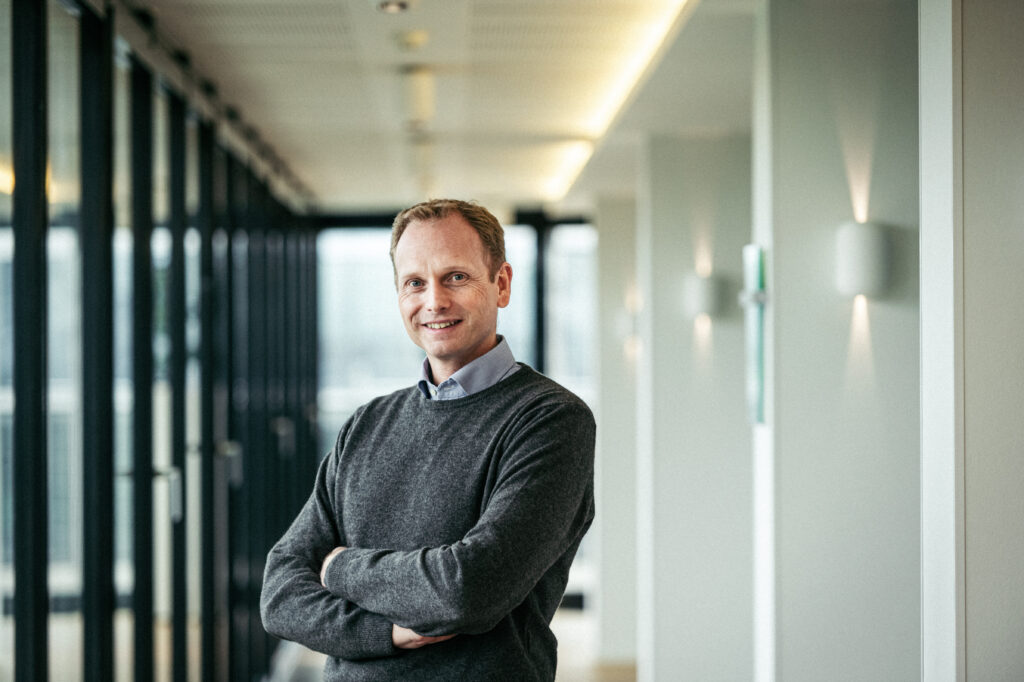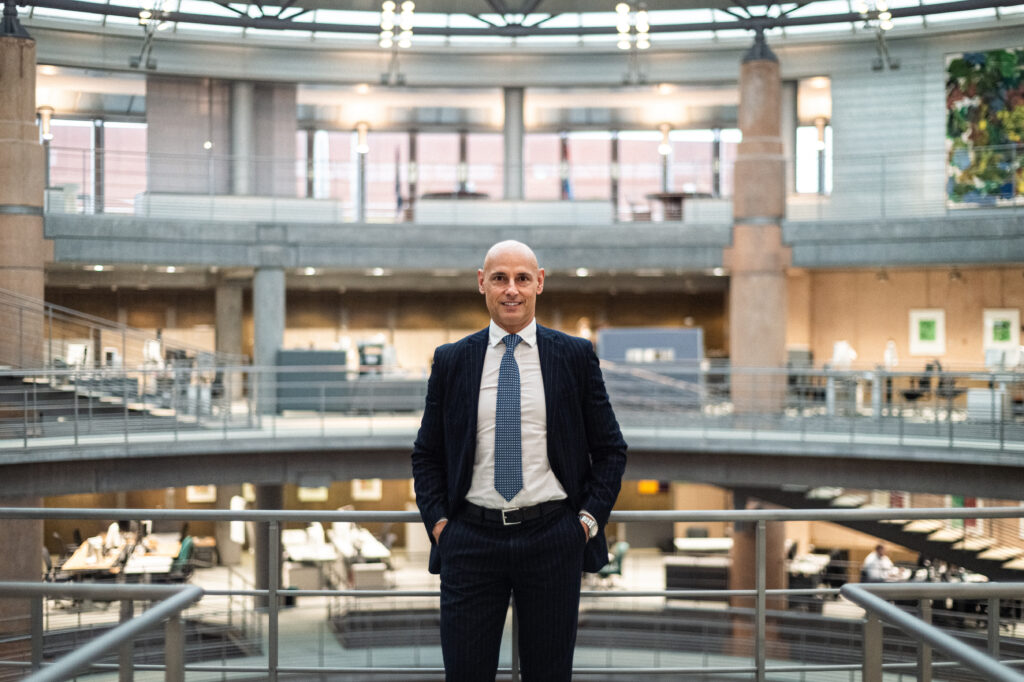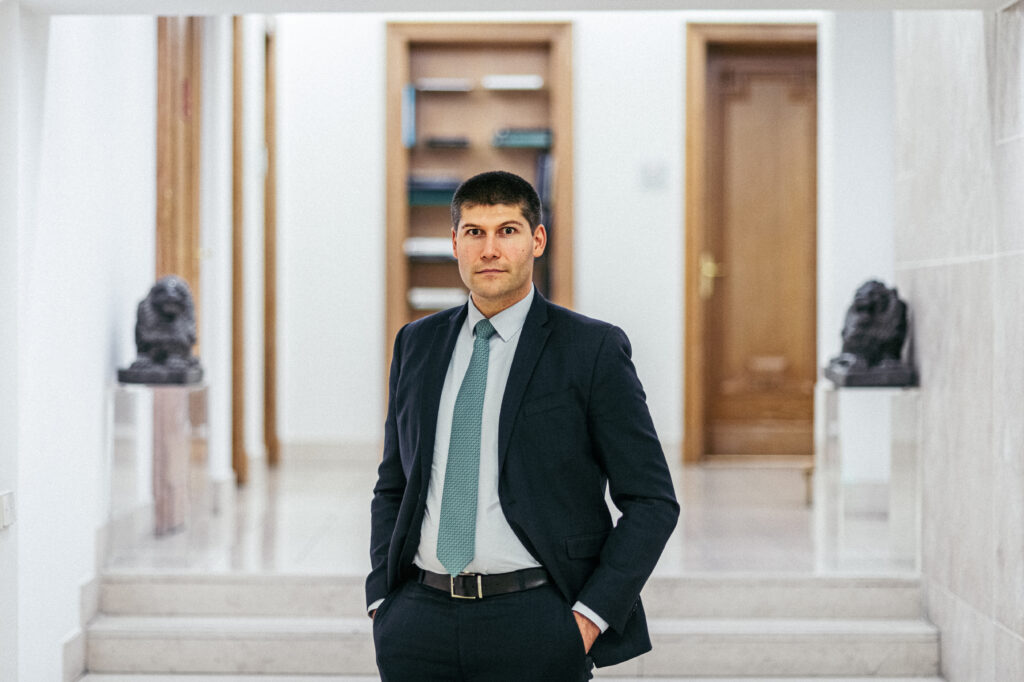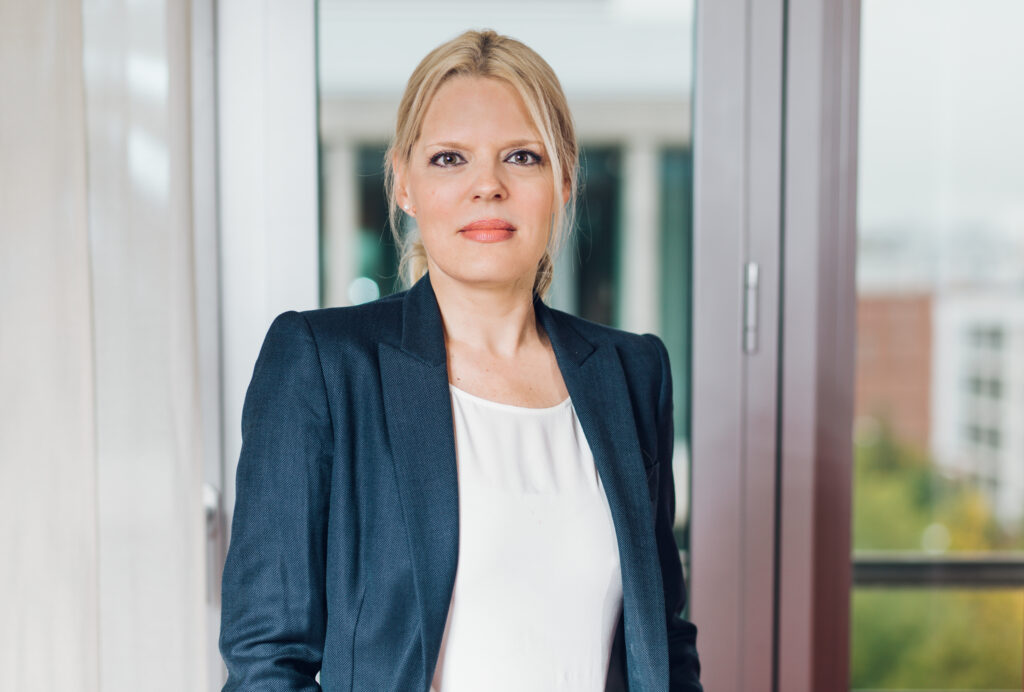Wealth managers are faced not only with a growing number of clientele, but also one that is increasingly diverse and consists of individuals who are far more demanding. In an increasingly complex financial world, they must now develop teams of specialists, capable of defining strategies both on a geographical and thematic basis using the most appropriate products.
Globally, the number of high net-worth individuals (HNWIs), and their wealth, has increased drastically (cf Figure 1). In the ten years between 2010 and 2020, the number of HNWIs almost doubled to reach over 20 million, and wealth increased by over 85% rising to almost $80 trillion.
!function(){“use strict”;window.addEventListener(“message”,(function(e){if(void 0!==e.data[“datawrapper-height”]){var t=document.querySelectorAll(“iframe”);for(var a in e.data[“datawrapper-height”])for(var r=0;r<t.length;r++){if(t[r].contentWindow===e.source)t[r].style.height=e.data["datawrapper-height"][a]+"px"}}}))}();


The clear trend is rise in wealth held in countries such as China, India and the Asian continent in general.
Rapidly rising stock markets, as well as supportive fiscal policies during the pandemic, has seen North America regain the top spot in terms of HNWI wealth, which the Asia-Pacific region had held since the middle of the previous decade. This is likely temporary. “The clear trend is rise in wealth held in countries such as China, India and the Asian continent in general,” comments Niccolo Polli, Head of Strategy & Planning and Chief of Staff to the CEO of HSBC Europe.
According to the bank’s figures, China had approximately 626 billionaires at the end of 2020, still less than the 724 in the United States, but the growth has been far more impressive. “Between end-2019 and end-2020, China recorded 236 new billionaires, an increase of more than 50% in one year,” says Polli. “Over the same year, the US recorded 110 new billionaires.” Unlike in Europe and North America, where wealth is often passed down, it is the current generation of entrepreneurs in Asia who are causing this significant growth.
Confirming the same trend, Vincent Villebesseix, Head of BGL BNP Paribas Banque Privée highlights that, in recent years, the wealthiest segments of the population have seen the largest growth in wealth. He points to the growth seen in financial markets over the last five years, as well as the atypical period of historically low interest rates as key factors in this growth. “Until now, the wealthy had not sufficiently realised the added-value of the leverage effect of debt, however by taking advantage of the low rates they have now leveraged this to grow their assets.”
If the first shift in wealth ownership is geographical with the breakthrough in Asia, the second is demographic, with the increasingly noticeable increase of female HNWI and the younger age of wealthy clients. “We are seeing more and more women in the UHNWI sphere. While their share remained in the low single figures a few years ago, they now represent 12% of this population,” confirms Luca Derlin, Head Deutsche Bank International Private Bank in Luxembourg.
But, the real revolution stems from the emergence of a younger clientele in the word of wealth management, even if the under-50s still only represent approximately 10% of billionaires in monetary terms. “Wealth is still heavily concentrated in the hands of men over 50, but we are definitely seeing the younger generation enter the game. In many cases, it is via inheritance, but we are also seeing more young entrepreneurs whose efforts are being rewarded,” continues Derlin.
This market, which is becoming increasingly diverse and growing at a rapid clip, offers interesting prospects for wealth managers. That said, attracting and retaining this new clientele will not be possible without additional effort. As Executive Director of Swiss Private Bank Julius Baer, Nathalie Seel acts as relationship manager and is responsible for international clients. “My job has become both more challenging and more interesting. Our clients really want to understand the products we offer, as well as the scope of their investments,” she explains. “This is especially true for younger clients. They want advice and ideas, but they also bring their own views to the table. We need to work together to define the best strategy.”
More connected and better informed, clients are now also more educated about the world of investments and are no longer content to occasionally contact their private banker for a performance update.
“They are more active and are more informed. Thanks to technology and ease of access they already have a fundamental understanding. As a result, the level of discussions that we have is significantly higher than it was ten years ago.” Asset management therefore requires skilled professionals who are better able to determine the longer-term consequences of investment decisions.


Wealth is still heavily concentrated in the hands of men over 50, but we are definitely seeing the younger generation enter the game.


Price transparency, brought about by MiFID II in particular, has strengthened their demands, however customers are less likely to argue about rates if the bank can provide them with a real value proposition.
Wealthy individuals are also more aware of the scope of their investments and hold portfolios that are more diversified than in the early 2000s, when most were content with equities and bonds. They now hold positions in real estate, private equity, hedge funds, and are increasingly demanding sustainable investments as well. The business of wealth management is becoming increasingly complex and it’s no longer possible for a single dedicated account manager to manage a large portfolio on their own.
“No one can master this complexity alone,” confirms Polli. “We have to work as a team and bring in specialists. For example, when clients are curious about sustainability, we need to be able to delve into the level of CO2 emissions of a particular technology. Clients are also curious about crypto assets and NFTs, so even without being particularly active in this space we need to be competent enough to inform them.”
Whereas in the recent past a HNWI was generally limited to investing in well-known products and, more often than not, domestically, today there has been a shift to new markets, more sophisticated products and thematic approaches often linked to certain values or goals.
“Our Clients approach to the market has become far more thematic, with preferred investment categories such as the environment, alternative energies, infrastructure, cybersecurity and healthcare.”
In general, high net worth clients have also become more demanding in terms of the quality of service they expect from their banks. Not purely in terms of financial results, which often depend on external factors, but often on the price they pay for services. “Price transparency, brought about by MiFID II in particular, has strengthened their demands,” emphasises Villebesseix. “However, customers are less likely to argue about rates if the bank can provide them with a real value proposition.”
While the client pool grows, winning over new ones is also becoming increasingly expensive. Wealth managers need to recruit new talent in specific areas and train existing staff to satisfy new demand. The level of interaction with clients has risen several notches in recent years and this shows no sign of slowing.


They want advice and ideas, but they also bring their own views to the table. We need to work together to define the best strategy.

